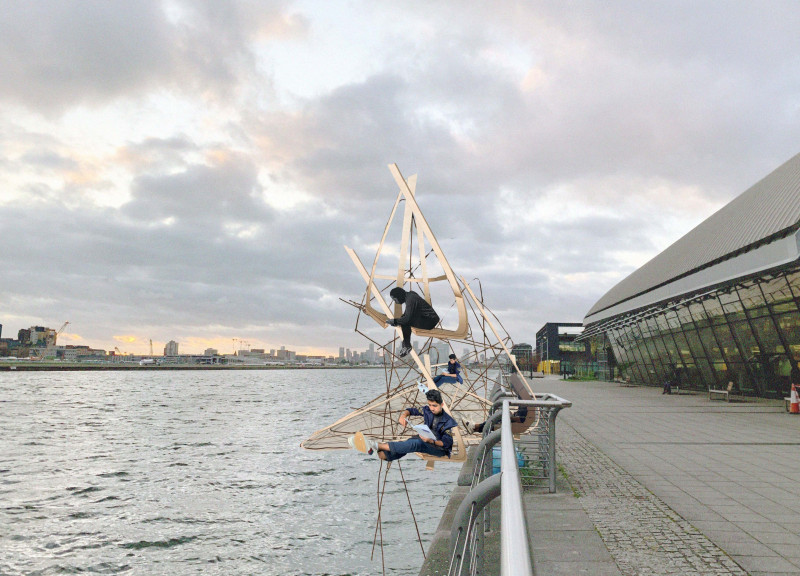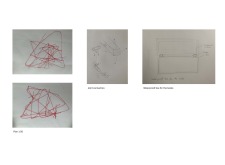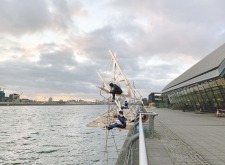5 key facts about this project
The focus is on the concept of "Inhabiting Space," situated within the University of East London. A bridge connects the Knowledge Building and the Library Building, facilitating movement and encouraging interaction among students and faculty. The design emphasizes the relationship between physical structures and personal memory, highlighting how experiences within these spaces can foster learning and growth.
Materials and Techniques
A key aspect involves the use of cardboard to explore the adjustment of "found spaces." This choice invites a reflection on how materials can be shaped to evoke memories. Cardboard's flexibility allows for creative expressions, shedding light on the emotional layers of architectural design. It encourages a deeper connection with the environment, making the experience of being in the space more personal.
Structural Form and Process
The project features laminated timber structures created through a careful bending process. This begins with cutting 1mm thin plywood, which is then shaped into desired forms. The gluing of these strips ensures the resulting structure is strong while maintaining a clear visual appeal. This method shows a commitment to a thorough and precise crafting process that balances aesthetics with practical needs.
Functional Elements
The design includes a waterproof box for books, serving a vital role within the educational setting. This element emphasizes practical use, keeping tools for learning accessible and organized. Joint connections and the use of transparent materials improve visibility, ensuring a welcoming atmosphere that supports academic activities.
Unique Spatial Narrative
In an academic context, the bridge plays a crucial role in promoting connectivity and collaboration. It is more than a physical structure; it represents the flow of ideas across disciplines. The design's integration of form and function creates a space that resonates with the university community while enhancing the overall educational experience. The thoughtful details in the bridge encourage movement and interaction, forming a vibrant passage for knowledge exchange.






















































